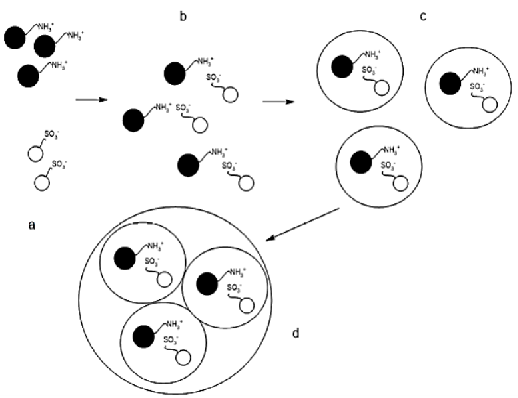The Interaction Mechanism of Papaya Seeds (Carica papaya L.) as a Natural Coagulant and Remazol Red Under Different pH Conditions
Abstract
Batik wastewater contains a high concentration of dye that comes from the batik dyeing process. In this study, papaya seeds were applied as a natural coagulant to reduce the concentration of remazol red in batik wastewater. Dried papaya seeds were characterized using Fourier Transform Infrared Spectroscopy (FTIR). The coagulation method used the batch method in the pH range of 1-6. The FTIR spectra showed that the papaya seeds contained compounds with -NH2 and -COOH functional groups. The results of coagulation showed that the pH of batik wastewater had an effect on the ability of papaya seeds to reduce the concentration of remazol red. The optimum pH condition was obtained at pH 2 with a decrease in the concentration of remazol red by 96.1%. The interaction that occurs between the coagulant of papaya seeds and the remazol red of batik wastewater is through electrostatic interactions.
Downloads

Copyright (c) 2022 Vina Melinda Inka Dewi, Maya Rahmayanti

This work is licensed under a Creative Commons Attribution-NonCommercial-NoDerivatives 4.0 International License.
Authors who publish with this journal agree to the following terms:
- Copyright on any article is retained by the author(s).
- The author grants the journal, the right of first publication with the work simultaneously licensed under a Creative Commons Attribution License that allows others to share the work with an acknowledgment of the work’s authorship and initial publication in this journal.
- Authors are able to enter into separate, additional contractual arrangements for the non-exclusive distribution of the journal’s published version of the work (e.g., post it to an institutional repository or publish it in a book), with an acknowledgment of its initial publication in this journal.
- Authors are permitted and encouraged to post their work online (e.g., in institutional repositories or on their website) prior to and during the submission process, as it can lead to productive exchanges, as well as earlier and greater citation of published work.
- The article and any associated published material is distributed under the Creative Commons Attribution-NonCommercial-NoDerivatives 4.0 International License.





_copy1.png)










